1410, PARKSON, 44-60 ZHONGSHAN ROAD, QINGDAO, CHINA
WHAT IS WEBBING SLINGS?
Webbing slings consist of two types.
Flat Webbing Slings:
These slings are light, flexible, and are generally used in situations where the load can be damaged by a heavy chain or wire rope slings or where companies wish to improve the safety of the workplace by using lighter, easier to use lifting slings.
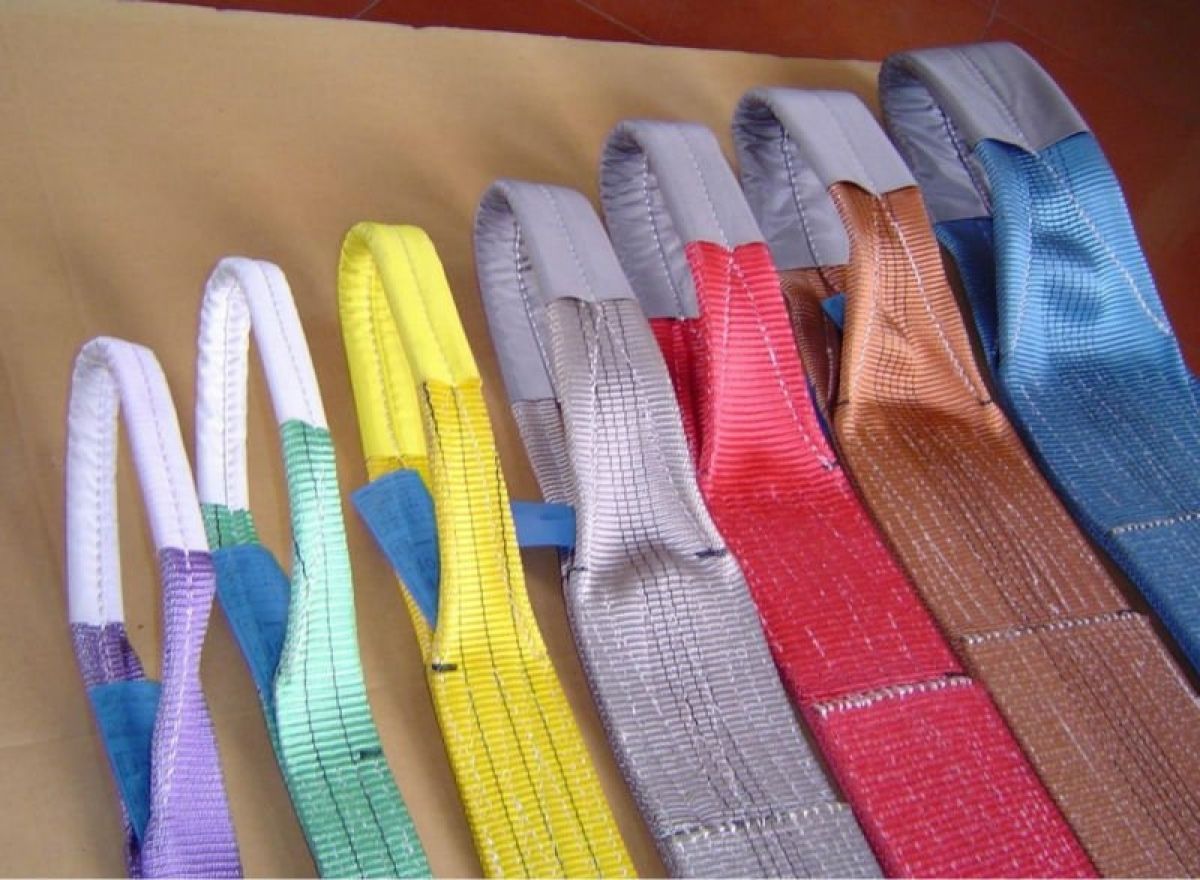
Round /Endless Webbing Slings:
These slings have the benefit of being able to turn the sling around to share the wear and tear at lifting points. Endless slings are flexible and easy to use and can be made in a variety of ways.
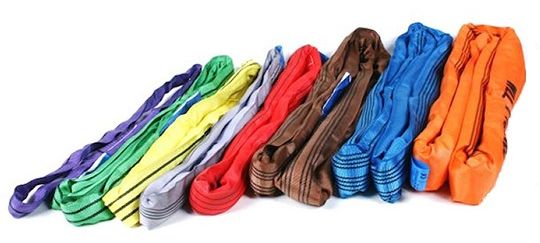
Lifting slings are designed to move large, bulky, heavy loads that would be extremely difficult if not impossible to move manually. they provide a direct connection from your lifting equipment, be it an electric hoist, or a crane to the load that you are using. Whenever you are lifting with lifting slings it is important that you take the following steps into consideration:
Always inspect the sling for damage before use
Never use a damaged lifting sling. If the sling were to break whilst in use, could end up dropping the load; this could cause injuries, or fatalities in the work place, and could lead to damages to expensive equipment. Make sure you always check your lifting slings before use.
Make sure you have chosen the right lifting sling for the job ahead.
There are 2 types of lifting slings, round slings and webbing slings. Webbing slings have a larger surface area to help protect the load, where as round slings offer flexibility, and can mould to irregular load shapes.
Do not exceed the working load limit of the lifting sling
To determine which lifting sling you need you will need to know the weight of the load that you are lifting. If you are lifting a load that is 17 tonnes, then you will need to use a lifting sling with the Working Load Limit of 20 tonnes instead of 15 tonnes to support the weight. Every lifting sling has a different WLL. If this limit is exceeded you could damage the lifting sling that you are using, the load that you are lifting.
Ensure the load is secured.
All slings must be securely attached to the load in a manner that provides maximum control, and prevents any slipping, sliding and movement of any loose parts of the load. When attaching the slings, it is important that a train individual determines the most appropriate method of rigging.
Make sure the lifting point is directly above the centre of gravity
When lifting a heavy load it is important that you have determined the centre of gravity before your begin lifting. Determining the centre of gravity is vital to achieving total control over the load that you are lifting. If the load isn’t restrained correctly, the centre of gravity will move directly under the lifting point, this could cause the load to swing, which could lead to the load being damaged or cause injury to other workers.
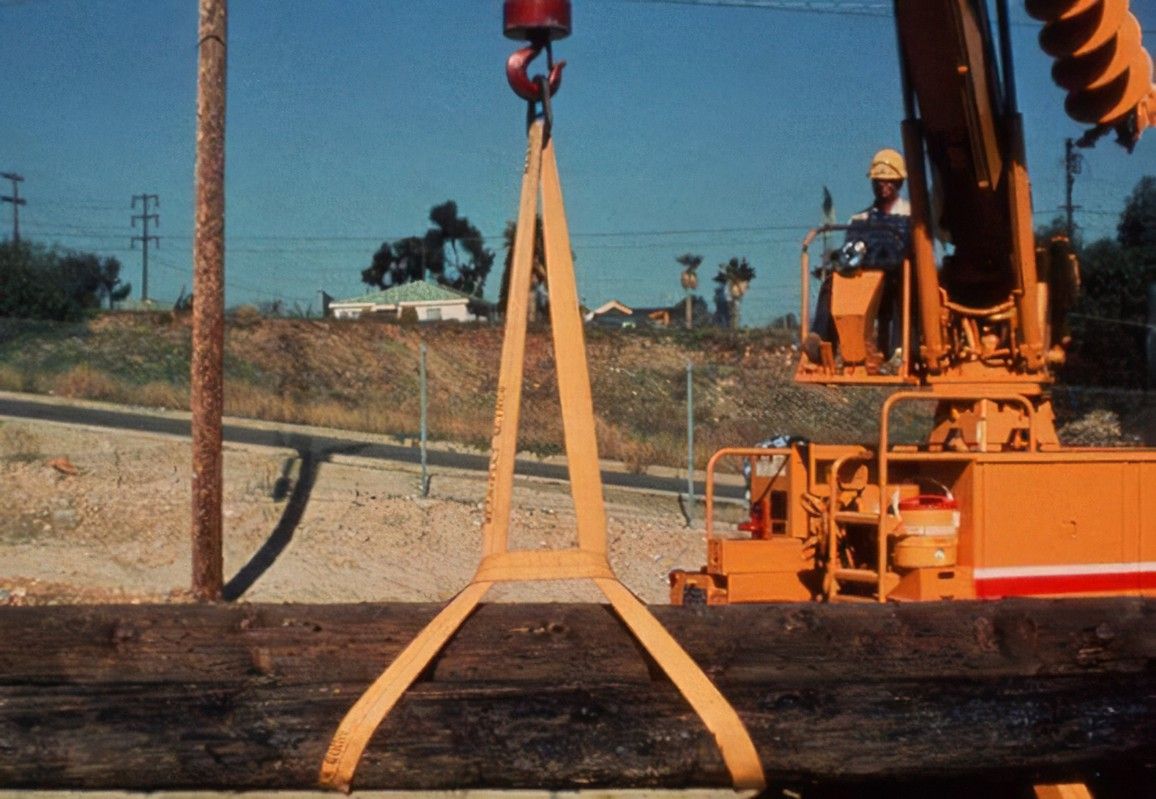
When choosing a material for your webbing needs, there are many options. Poly webbing and nylon webbing are popular materials used for slings. Polyester and nylon allow maximum control and provide a reliable and safe material.
When choosing the best material for your sling, consider the following:
· Stretch – Depending on your application’s needs, you may need a material that provides more stretch. If this is the case, go with nylon lifting slings. However, if you’re concerned with your sling stretching too much, opt for poly webbing.
· Load Capacity – When choosing your material, ensure you can avoid shock loads and do not exceed working load limits. Check OSHA’s guidelines for webbing sling-rated loads. OSHA bases its ratings on things such as type of hitch and material strength.
· Temperature – If your slings will be in extreme temperatures, consider chain or wire rope lifting equipment. Nylon and poly webbing do not work well in temperatures below minus forty degrees Fahrenheit or above 180 degrees Fahrenheit.
· Fit – The fitting must be the correct size and shape. If you are working with a multiple-leg sling, have a trained professional review the sling so you do not overload any leg.
· Chemicals – Certain chemicals, such as alkalis and acids, will affect the strength of your sling. UV light can also impact the material’s strength. Nylon webbing is resistant to many chemicals but will react poorly to bleaching agents and acids. If your sling will come into contact with these substances, choose poly webbing instead.
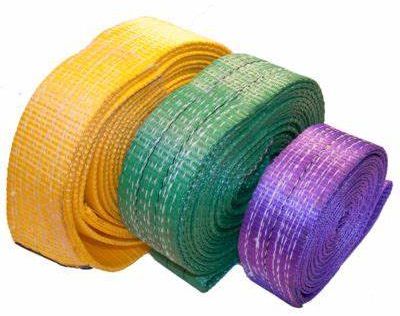
What are the 6 amazing uses of Webbing Slings?
When choosing a lifting sling to aid your lifting operations, a lot of factors are put into consideration, like nature of the load, weather conditions, environment, the centre of gravity, lifting points Etc. For lifting highly finished parts or delicate equipment, nothing beats the flexibility, strength, and support that webbing slings provide.
Because of their flexibility, they can mould to the shape of delicate and irregularly-shaped loads, or be used in a choker hitch to securely grip loads of round bar stock or tubes. The soft materials they’re made from are strong enough to lift heavy loads but will protect expensive and delicate loads from scratching and crushing.
Webbing sling is a sling belt manufactured from polyester, Polyamide, and Polypropylene that is used for heavy lifting where wire rope sling lifting or chain lifting is not applicable. They are safe for a variety of weights, ranging from 1Ton – 10Tons.
Despite its lighter nature than wire rope slings, it is still able to handle heavy loads and a great deal of pressure. Alongside this, webbing slings are resistant to Alkaline, water, and most acids. They are shock absorbent as well and don’t corrode or rust. This means that they won’t weaken with age or lose strength in water if managed properly.
The uses of webbing slings are versatile, listed below are 6 amazing uses of webbing slings;
FIRE FIGHTING: Webbing slings are used by firefighters to rescue victims or injured persons. The webbing sling is used to form a secure grip around the upper body of the person in question, and then physically dragging them. This process is called the WEBBING SLING DRAG
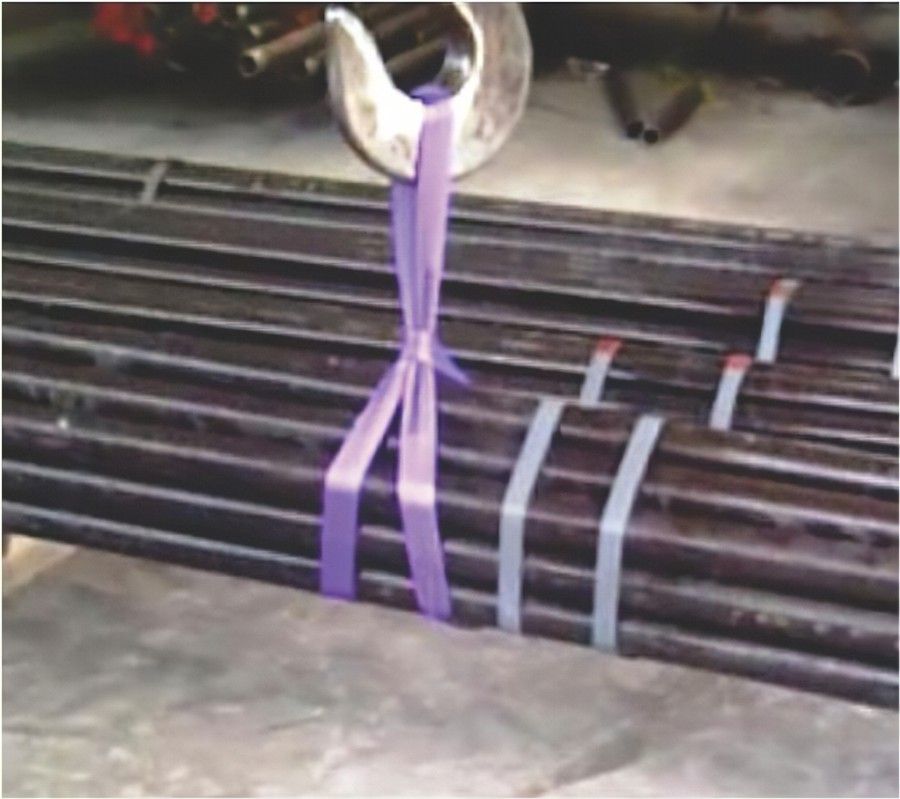
LIFTING OF BOATS: Due to its flexibility, strength, and the soft material of the webbing slings, it is an ideal sling for lifting boats safely. It also protects the boat from scratches or crushing.
TOWING OF VEHICLES: Webbing slings are ideal for any towing or pulling task due to their strength. It also helps save time and money and it’s easy to store.
CLIMBING: Webbing slings are actively used for climbing mountains and trees. Webbing slings are employed to make use of rock features or trees to protect the lead climber. The Sling can be placed over rock spikes, used to thread holes, or go around chockstones or trees. It is also recommended for climbing by the British Mountaineering Council.
PIPE LAYING: Thanks to the flexibility and design and weight, webbing slings can be wrapped around the pipe to enable lifting or lowering.
HAMMOCK: webbing slings can also be used to make hammocks for relaxation. This is done by tying it to the anchor points or post of a tree.
Learning more WEBBING SLINGS information, pls click below:
https://www.huahanmachinery.com/product/webbing-sling.html